Fix these drainage problems now — before they cause damage
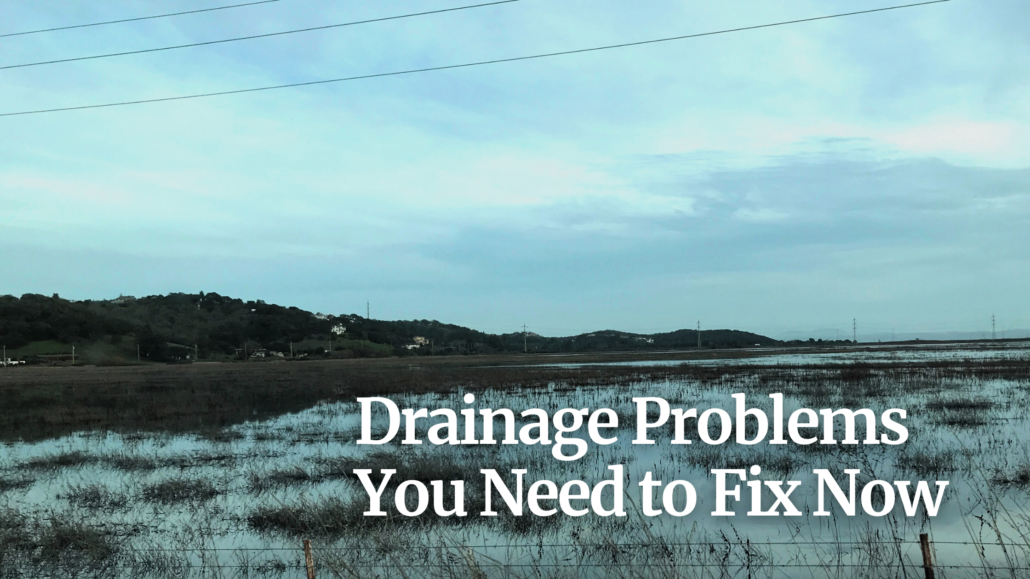
4 Critical Problems and how to fix them
El Niño is serving up moderate rainfall so far, but more is in store. At this point, the NOAA forecast predicts above-normal throughout this month.
First, make sure your drainage can handle rain. It is one of the biggest problems we see this time of year.
I reworked a post from last year with 4 examples of drainage problems we hear about. Fixing many of them can be done even in between rainstorms.
Problem 1: Hardscape with standing water
This includes patios, pavers, driveways, parking lots, and steps. If your hardscape has had standing water for some time, it could be due to these issues:
Improper grading
Make sure water is not being directed toward your building’s foundation. Measuring is the only way to be sure if an area is flat. For obvious sloped areas, notice which way the water is traveling.
Blocked or improperly installed drains
Leaves, roots, and debris can cause drain pipes to back up. Over time it will accumulate and cause flooding on your property. Flooding could also result from an improperly installed drain or one in the wrong place.
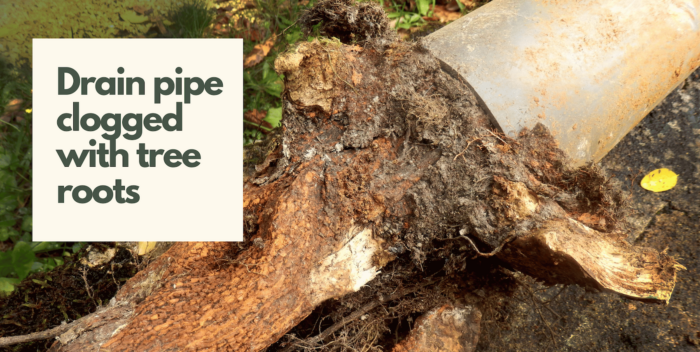
Your building’s foundation is at risk, a drainage problem is not resolved.
It can also damage your hardscape.

Re-grading is one solution. It’s the process of leveling the land to redirect water.
A plumber can clear clogged drain pipes using a drain snake. They should be maintained regularly, and you can do it by inspecting and regularly opening the grate to remove leaves, twigs, and debris by hand. Catch basin filters are also sold as an additional option you can install to keep debris out of the drain pipe. Debris will still need to be removed from that.
A professional landscape contractor like Gardeners’ Guild can assess your problem and install new drains and/or pipes or re-grade.
Retaining wall. This is an option if you have a slope and are at risk of erosion.
Problem 2: Flooding in turf
It can be improper grading.
Or, more likely, it’s compacted soil.
Previous drought conditions are a big factor.
Soil pores that normally absorb moisture and nutrients shrink due to a drought. Its surface feels rock-solid. Because it can’t absorb moisture, the water will instead run off. Along with it, a host of pollutants.
See a compacted soil example below.
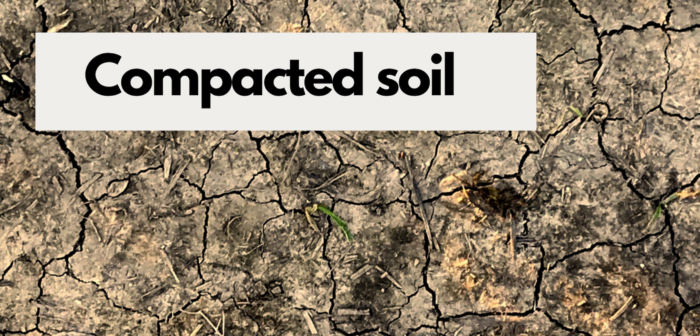
The photo was taken of a hiking trail near where I live. It felt as hard as asphalt.
To allow water to penetrate, the soil texture should be crumbly. Clay soil, as in the Bay Area, tends toward compaction.

Losing plant material. Water will pool on top, and your lawn will be a soggy mess. The roots will rot. Its foul odor and gray, red, and orange spots and insects are signs of rotted roots.

Re-grading can help.
Aeration is a great solution. It perforates the soil by opening its pores, allowing nutrients and moisture in.
Dry creek beds are also a good solution. See the example below.
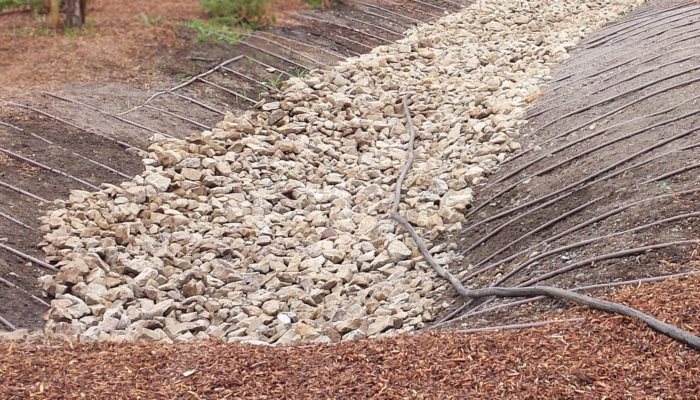
A dry creek built by Gardeners’ Guild built in Santa Rosa
Problem 3: Planter beds and all planted areas
Any planted area, including planter beds, should be designed to allow water to flow toward the lowest areas. It may not have been sloped correctly if you see water pooling in the landscape or bed after a rainstorm.

Soil is considered saturated when its ability to absorb moisture is tapped out. Plant root damage will occur if the soil is saturated for a prolonged period.
See the example below.
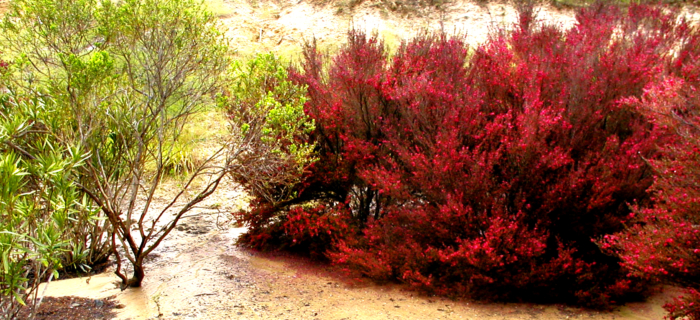

The solutions listed here can apply to any planted area. Flat, sloped, or planter bed. First, know where the water is pooling from.
To improve drainage in a planter bed, elevating it could make a difference.
Heavy clay soil could be a reason for standing water in any planted area (in the SF Bay Area). Adding organic amendments like loamy topsoil, compost, worm castings, and/or bark mulch could help loosen the soil and facilitate drainage.
Grading can help correct a slope problem by re-directing water to the lowest part of the bed or landscape into a drainage ditch or catch basin.
Problem 4: Downspouts and gutters
A common problem. Our people check them first on any site visit for a drainage concern. If they aren’t properly installed, and the gutters overflow, the runoff from a storm will pool at the building’s foundation.

Your structure’s foundation and plant material could be at risk.

Hire a professional to re-direct the downspouts so water goes away from the building and gets evenly dispersed throughout
Types of drainage solutions to consider
Our previous post has descriptions of each of the drains listed below.
- French drains
- Catch basin or storm drain
- Bioswales
- Channel drain
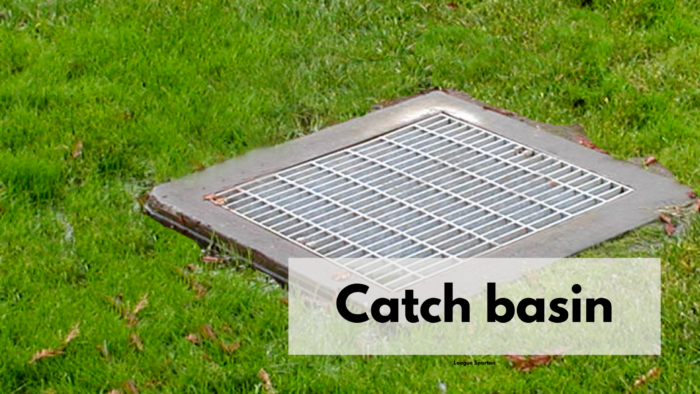
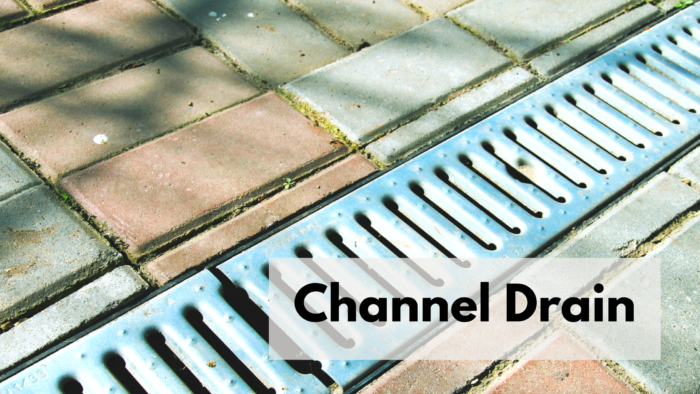
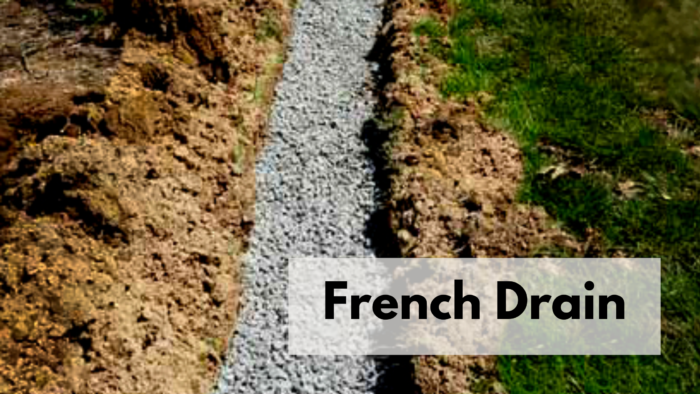
Closing thoughts
Before re-writing this post, I discussed the topic with our in-house Landscape Architect. Drainage is his wheelhouse, and he is animated about the topic. I was surprised when he said that many contractors want nothing to do with this work.
Here are just some of the myriad of solutions that we can provide.
- Grading and subsurface grading.
- Subsurface drainage system that flows to the street.
- Drainage conveyance systems.
- Percolation tests.
- Jute netting for erosion control on hillsides.
- Bioswales.
- Drainage systems such as french drains, catch basins, and channel drains.
“Call us right away while the weather is happening.” It’s the best way for us to assess the problem. “Take a picture,” he added.
A photo is a vital record for you and good for us to see first-hand.
Stay safe.

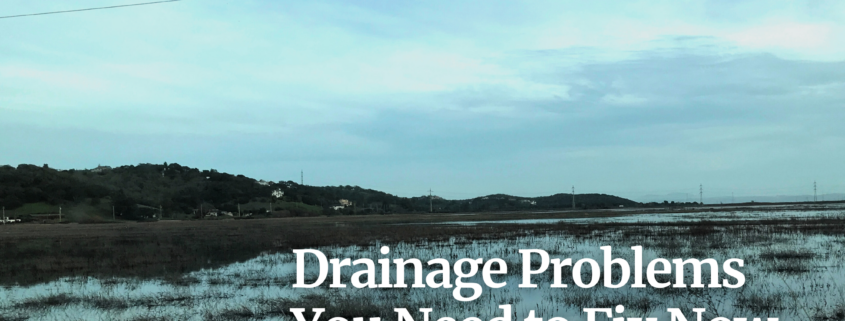

Thanks for explaining how you should have your drains inspected by a professional since they can get worse and affect your plumbing. I have a friend who talked about his plans to live on his own after graduating from college. I will talk to him about finding a plumber for these emergencies someday.